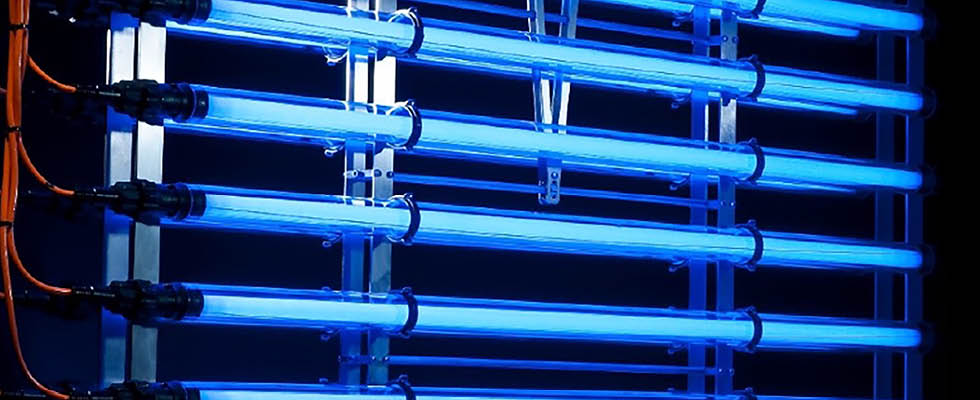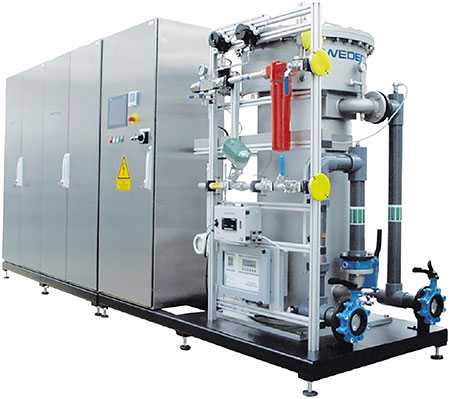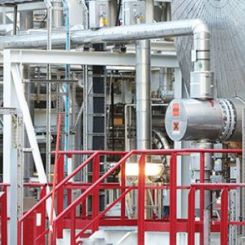
In a wastewater treatment plant, disinfection is normally one of the final processes before the release of the effluent (treated wastewater). This final step ensures that any disease-causing or pathogenic microorganisms are substantially reduced and that the effluent to be released from the plant is safe to the environment and human life. However, effluent is nonpotable.
Common methods of disinfection include application of chlorine, ozone and ultraviolet (UV) light. The disinfection’s effectiveness depends on the quality of the effluent being treated, the type of disinfection and dosage and other environmental variables. For example, cloudy wastewater will be treated less successfully than if it were clear because solid matter can shield organisms, especially from UV light or if contact times are low. Generally, low doses, short contact times and high flow rates all work against effective disinfection.

Chlorination is one of the most common forms of wastewater disinfection due to its low cost and long-term history of effectiveness. Chlorination can be accomplished with an array of chlorine-based chemicals, such as gaseous chlorine or sodium hypochlorite. Residual chlorine or chloramines may be toxic to aquatic species, so the treated effluent is chemically dechlorinated.
Ozone is unstable and so will react and oxidize with most organic material it comes in contact with, thereby destroying many pathogenic microorganisms. Ozone is considered a safer means of disinfection than chlorine since it does not create any byproducts or residual chemicals in the water. Ozone can also be generated on-site if required (Image 2) rather than having to store large quantities of chemicals, such as chlorine. However, the cost of ozone generation equipment and trained operators can be high.

UV light can be used for effluent disinfection. Because no chemicals are used, environmental impacts from the disinfection process are reduced. UV radiation causes damage to the genetic structure of bacteria, viruses and other pathogens, making them incapable of reproduction. In a typical UV system (Image 2), the wastewater flow passes across the lamps using gravity flow. The effluent needs to be highly treated to ensure the target microorganisms are not shielded from the UV radiation by solids in the stream.
To learn more about wastewater treatment options, check out “Wastewater Treatment Plant Pumps: Guidelines for Selection, Application and Operation” at pumps.org/guidebooks-papers.

